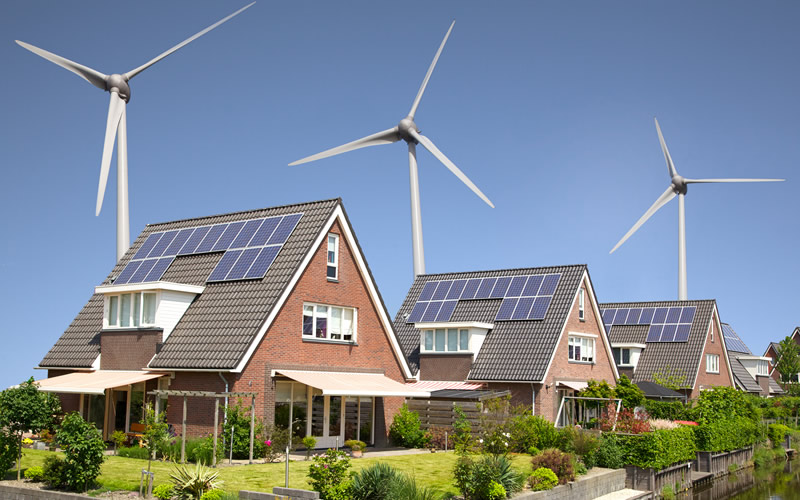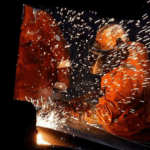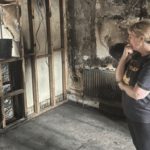Renewable energy comes from natural sources such as the sun, wind biomass, and water. These resources are naturally renewable energy sources. But unfortunately, fossil fuels are overloading the air with greenhouse gasses, which damage our planet. Temperatures are soaring, ice caps are melting, and sea levels are rising. We need to do everything and cut down the impact of global warming.
Solar power
We use the sun to generate electricity for our home through solar photovoltaic panels installed on our roofs.
These panels take the sun’s rays and transform them into electricity that we can use to warm our homes and power our devices.
The panels can generate power during daylight. It does not have to be sunny for them to work.

They do generate power on sunnier days. The power generated during daylight is stored in batteries, so we use electricity after the sun goes down. Electricity with solar panels gives us the ability to improve our home sustainability.
Solar panels help reduce our electricity bills. We can save a lot on average electricity with our solar panels and battery storage.
Solar heating
We used solar energy to provide hot water and heat all around. Solar heated systems use solar panels fitted to our roof, mounted on a free-standing frame.
Hydroelectric systems
Another renewable energy source uses water flowing downhill to generate electricity, so it could be an excellent option if our home is close to a lake or river. There are many large-scale hydroelectric power plants. In the process, we can also get small-scale ones for our home. These can generate electricity to power homes on a river with a one-minute drop.
Wind energy
Small wind electric systems are one of the most effective home-based renewable energy systems. However, the most significant part of renewable energy investments is the materials and workmanship to build and maintain the facilities.
Biomass systems.
Biomass heating systems burn pesticide materials, such as wood pellets, chips, or logs, to provide heating and hot water.
This is a low-carbon way of heating that matches fossil fuels like coal and oil, as the wood burned in these systems only discharges as much carbon as the tree absorbed during the month and years that it was growing.
Biomass plants also provide renewable energy for businesses, reduce their carbon emissions, and contribute to the UK’s future power.
















